Benin is a country located on the coast of Guinea that has around 12 million inhabitants. It is an elongated country with an area of 114,763 km2. A former French colony, today this small country stands out for its great cultural diversity and for having voodoo as its official religion. Therefore, its visit has an ethnic and traditional attraction that will surely not leave you indifferent.
To get there, being a French colony, you can find many direct flights from Belgium or France. If you arrive with your own transport, you will enter from Togo (to the west) or from Nigeria (to the east). In the north, there is Burkina Faso but currently this area is not recommended to go there due to the presence of jihadist groups in this cross-border area.
Benin is a country you can visit for yourself, as many of the tourist spots are located in the south and center of the region and are very well connected by taxis and buses. In addition, if you go to the Pays Taneka or Pays Somba region, you can also get there with long-term bus journeys that usually last from 6 to 8 hours. The ATT company is one of the most reliable in terms of transport and you can find its offices in the Plaza de l’Etoile Rouge in Cotonou to ask everything related to prices and routes.
However, although you can reach different parts of the country for yourself, what we do recommend is that you hire different local guides in each area in order to better understand all the historical, cultural and traditional part that this country brings you. In addition, if you want to see a traditional voodoo ritual live or get to know minority ethnic groups such as Holi or Fulani (if you want to know more, click here), it is essential that you can go with a guide who can facilitate your entry as an outsider and visit these celebrations.
As we have said, Benin is a multicultural country with the presence of many ethnic groups that have their own characteristics, such as scarifications on the face or living hidden among mountains after having fled from enemy tribes. If you want to know first-hand some of the nomadic ethnic groups located in camps or in small villages such as the Holi, the Taneka or the Fulani, the presence of a guide will be essential.
Think, too, that voodoo is not a religion to get money from tourists who want to take pictures. Not. Voodoo is one of the main religions of the country that is actively lived and, therefore, to understand the different rituals or to reach villages that celebrate a holiday related to this religion, the best way to do it is with a local guide.
We had the best guide we could have to understand the cultural diversity of the country and its traditions. We traveled a few days with Euloge, the president of Loana Travel, who took us on a circular journey to meet the ethnic groups located in the Cové region (which are in quite inaccessible places), see a traditional Yoruba Geledé dance and visit Abomey to learn more about the personality of voodoo and attend an initiation ritual. For those of you who don’t know him, Euloge is a very nice person who speaks Spanish (among other languages) and is from Benin. He has an agency that organizes trips (individual, couples, groups) to different countries in the Gulf of Guinea, and when we wrote to him to ask for information, he told us that he wanted to travel with us in order to show us the cultural wealth that Benin has. He organizes tailor-made trips and is an excellent and professional person who has a very interesting local travel agency company. Our trip to Benin would not have been so complete without him. For those who want to contact him, you can see his website here or send a Whatsapp directly to +22994753719.
Apart from Euloge, we also had different local guides who explained the peculiarities of each place. Next, we highlight each of the guides that we used:
– Grand Popo: Here we went with Mathias from the Chez Mathias accommodation in order to travel the last part of the Mono River by canoe and get to know some of the small villages that live there and see the art of fishing of many fishermen who threw their nets in a very photogenic way. In addition, we reached the Bouche de Roi, the place where the river meets the sea. A very complete excursion. If you want to contact Mathias, you can call him or write him by WhatsApp at +229 97 18 22 46.
– Ouidah: This city is one of the most historic places in Benin as it was the last stop for many slaves who forcibly left Africa before embarking on a return journey to the high seas to go to work as slaves in the New World. We took a tour of the last stages of the journey that slaves made with Hipolit. You can contact him at the following phone: +229 96 49 04 56.
– Pays Taneka: This tribal group that took refuge in the mountains that bear the same name (Taneka) is one of the areas we liked the most in the country. The architecture of its mud houses, its hierarchical system and the rural beauty of its surroundings make it one of the essential places to discover during your trip to Benin. We slept in Taneka Beri in a communal accommodation that works to maintain the traditions of this group. If you want to sleep there, you can contact Latif, his manager, at +229 97 05 50 70. In addition, if you want to use a local guide to know the different locations and characteristics of the Taneka group, we recommend that you contact Samadu, a young boy who speaks French. You can write to him or call his mobile phone, which is +229 97 55 59 25.
– Pays Somba or Betammaribè: This group located in the north of the country is one of the most visited in Benin. It is a town that stands out for its particular architecture with its two-storey houses that are shaped like fortifications known as the Tata Somba. Today, this town keeps many of its customs and rituals intact. We were able to sleep in a Tata and get to know this group more closely thanks to Alphonse, a man who lives in Tagaye, a Somba village a few kilometers from Natitingou, and who offers his home to enjoy this experience. If you want to contact him, you can call him (he does not have WhatsApp) at +229 66 95 11 66. In addition, since we spent a night in Boukombé we were able to travel with a biker, Bernard, whom we met to visit different Somba houses and see more closely these architectural beauties. If you want to contact him, you can find him at +229 96 52 55 05.
Benin is a country with many traditions and that is why we consider it important to explain how to organize a trip to this interesting West African country. You can get there on your own, by public transport or also with a fully organized trip. If you have any questions, you can write to us on Instagram or to africanlanders@gmail.com and we will be happy to help you. Whatever you do, however, what we do recommend is that you contact different guides in each region because otherwise, you will miss many details and many information about the traditions and culture of the different groups that coexist in Benin. In this way, your trip will surely be much more special.

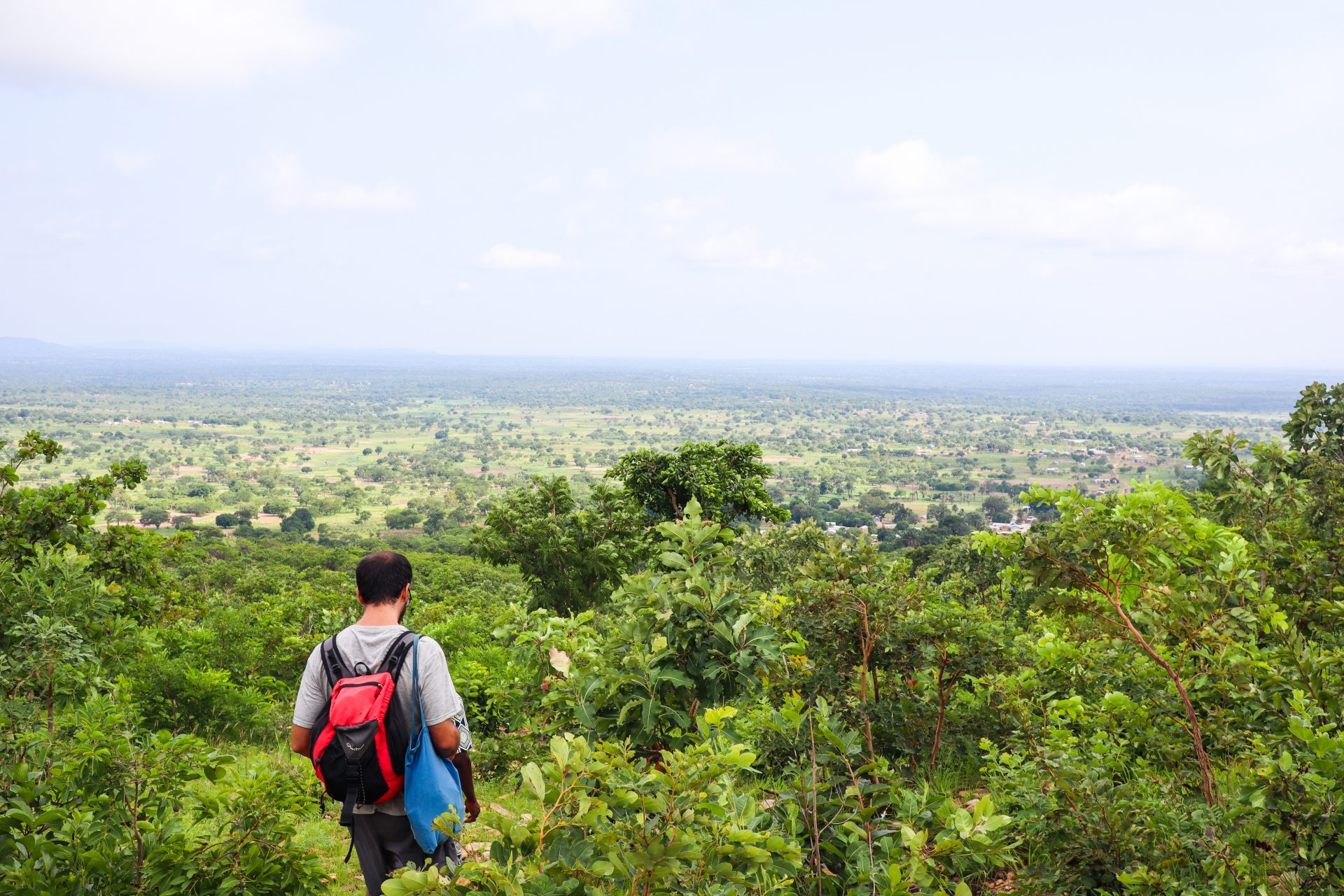
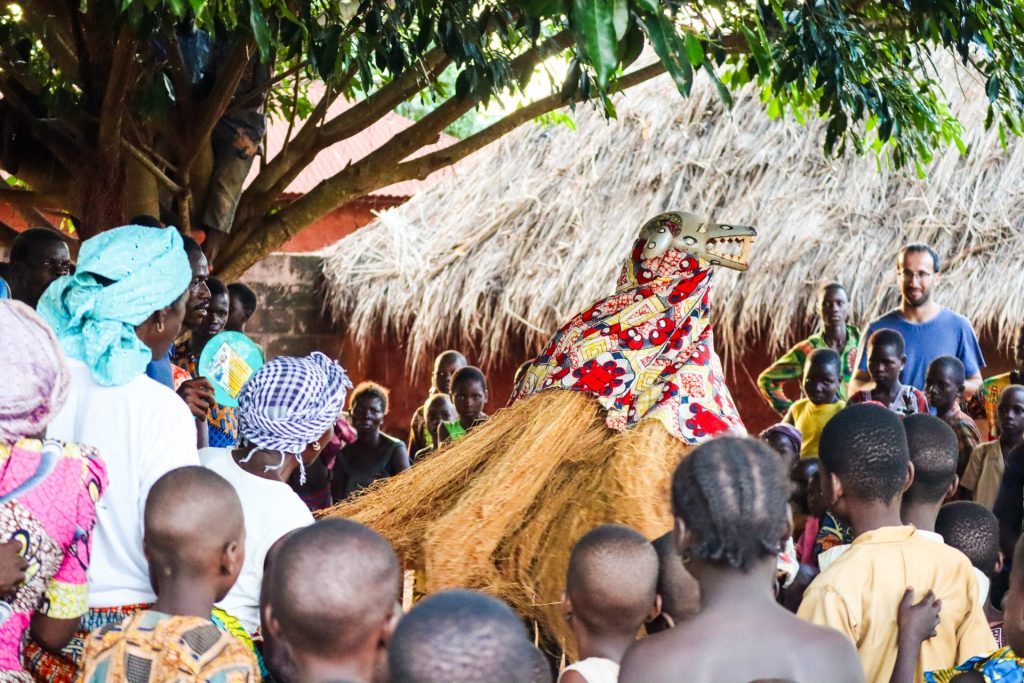

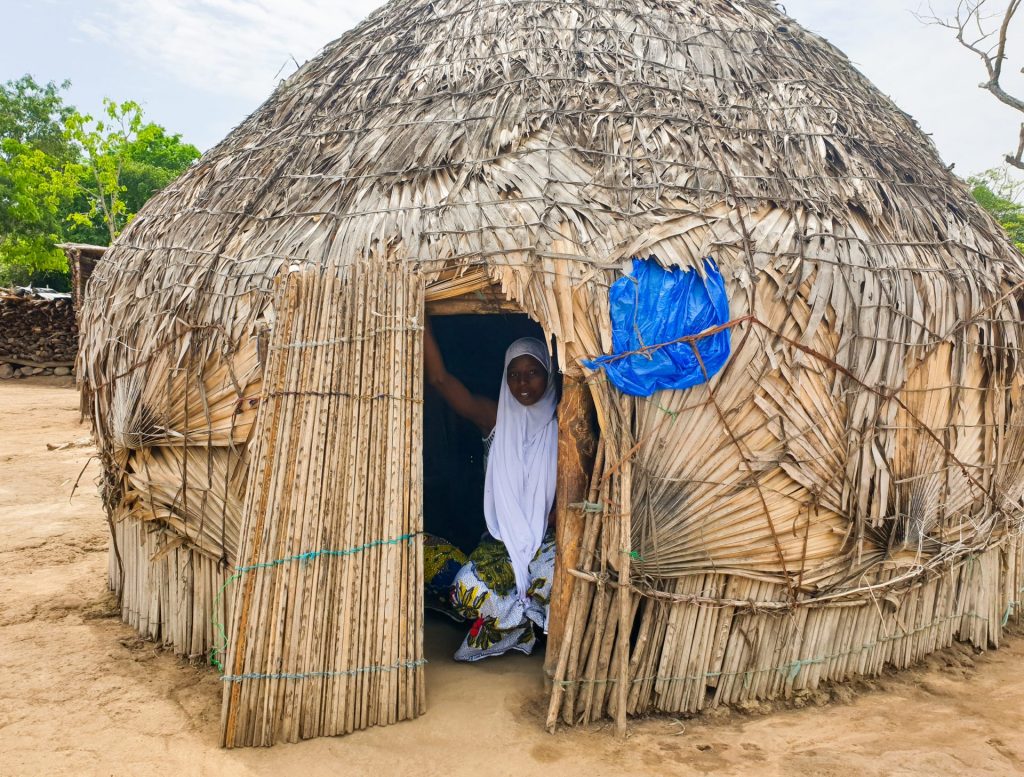
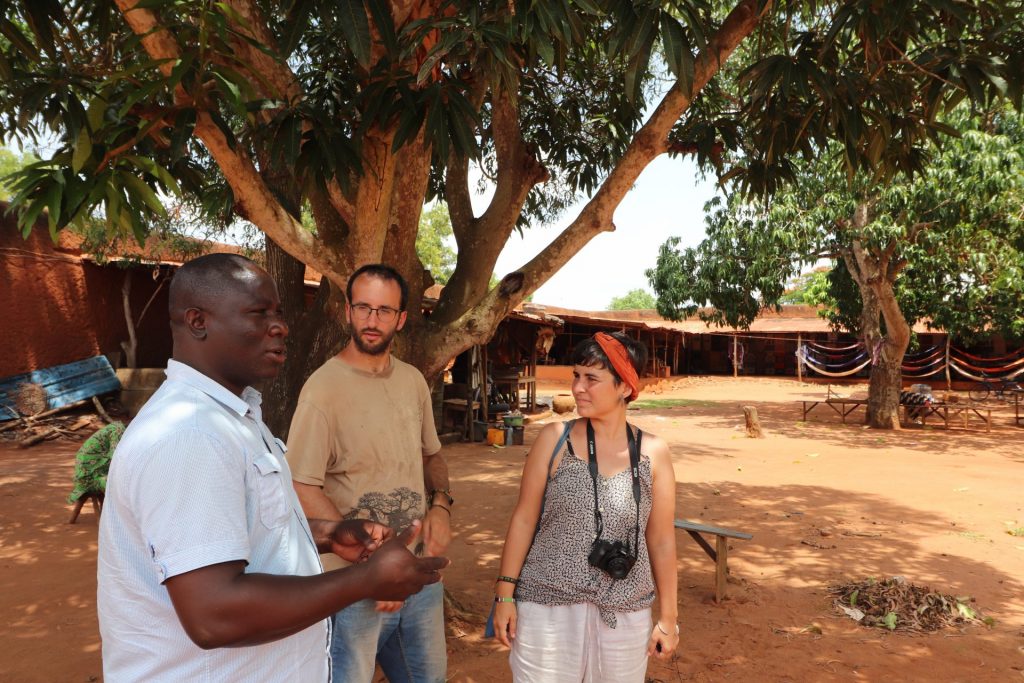
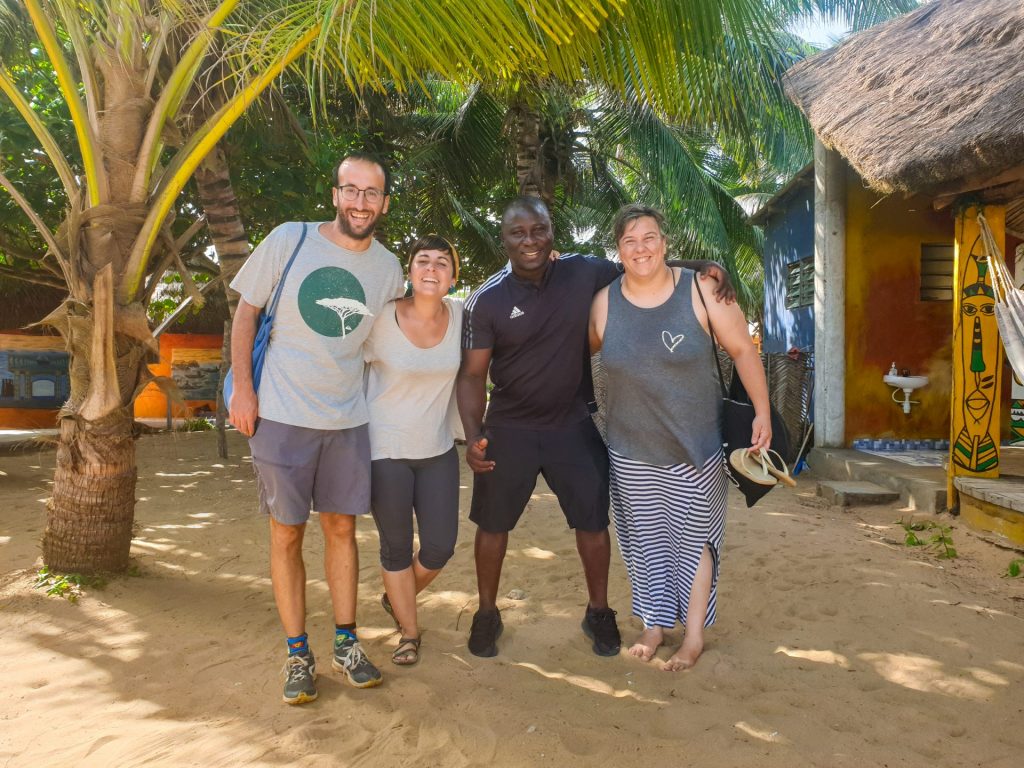
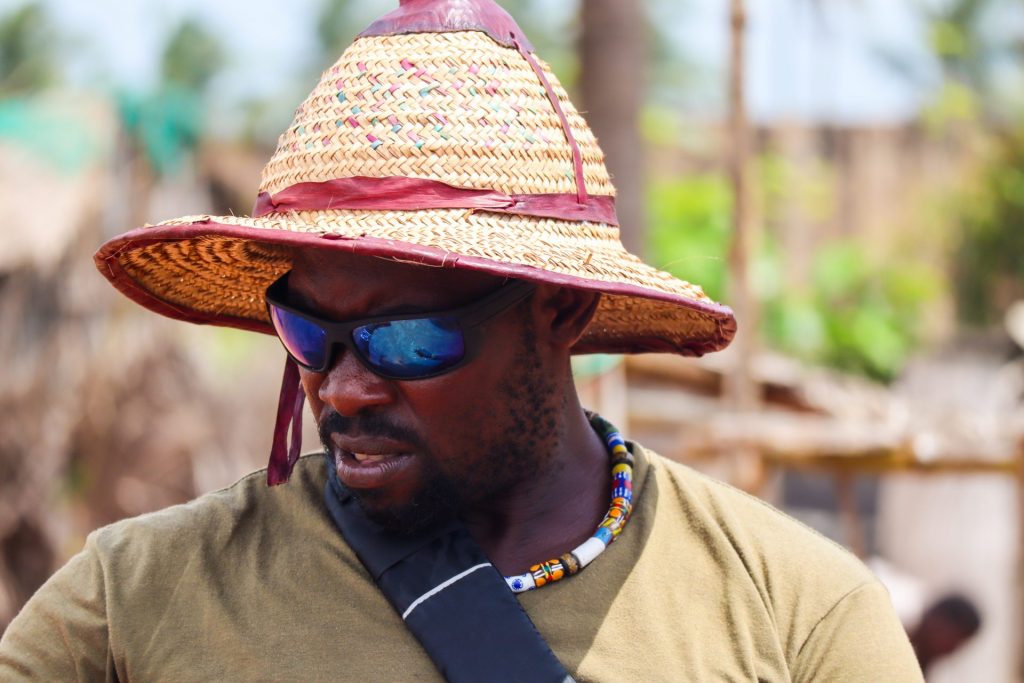

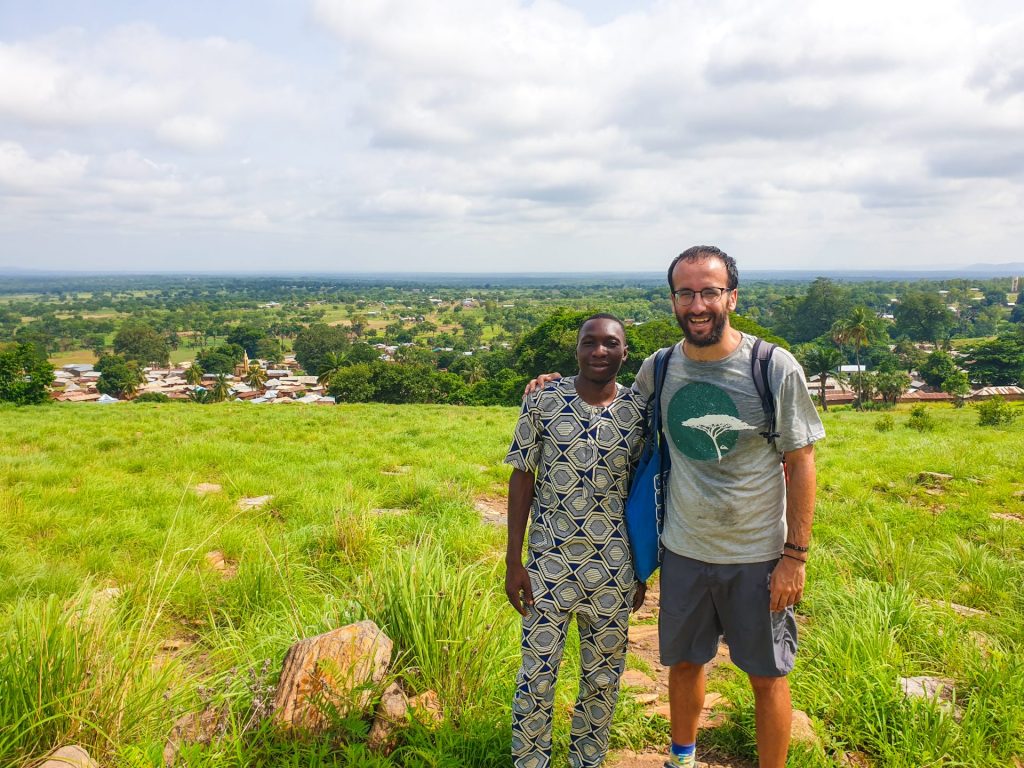






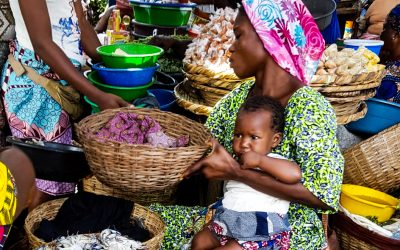
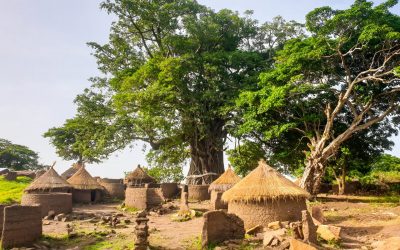

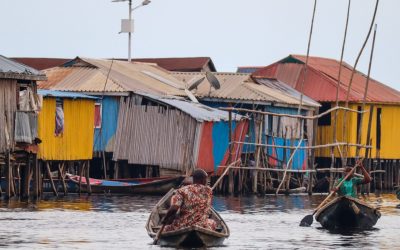
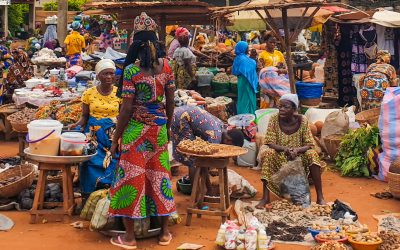
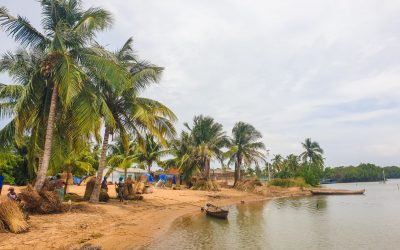
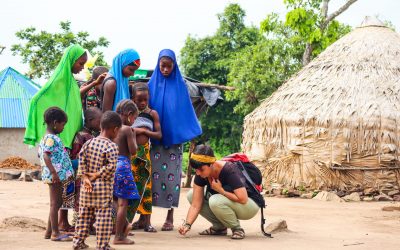
0 Comments